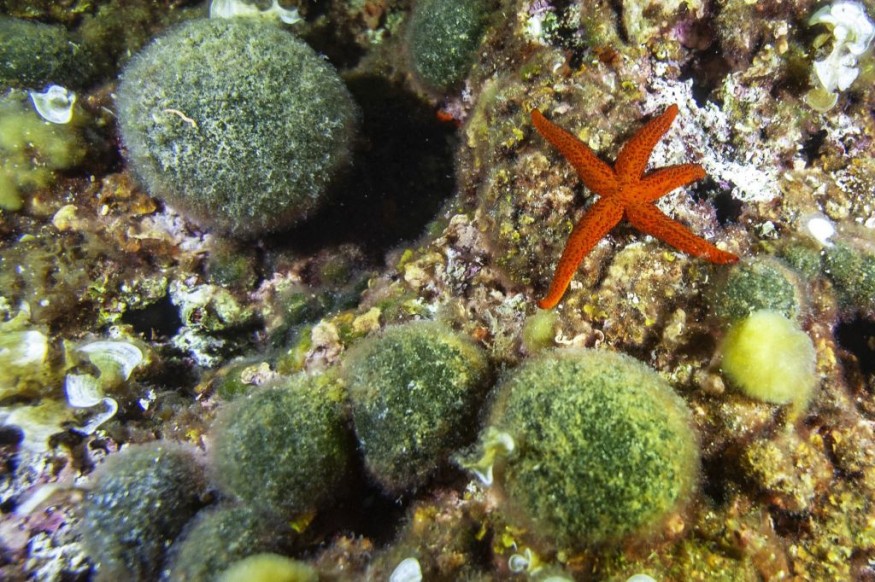Sponge gardens were discovered by scientists in the Arctic Ocean containing a dense population of large sponges.
These sponge gardens consist of intact communities living in ancient sites, including fossils of now-extinct animals, fauna, and underwater volcanoes, to survive.
The sponge population is living over extinct underwater volcanoes, also called seamounts, on the ocean floor of the Arctic Ocean; where the sponges are feeding off these fossils.
Thousands of years ago, the sponges likely used heat and nutrients from underwater volcanoes, according to researchers.
Large Sponges or Sponge Gardens

Researchers have discovered an unprecedented marine ecosystem under the Arctic Ocean.
The researchers published their study in the journal Nature Communications on Feb. 8.
The study shows a dense population of large sponges or sponge gardens, and it suggested that these sponges can also be found in abyssal depths-even in the harsh, freezing environment of the Arctic Ocean.
According to the study's researchers, the discovered sponge gardens are characterized as the accumulation of biomass from long-lived benthic animal species.
The researchers stated sponges serve as organizers of the marine ecosystem, which can be used as a habitat by marine species.
Changing Perspectives on Seamounts
A seamount is an undersea mountain that was formed by volcanic activities, as per the National Oceanic and Atmospheric Administration (NOAA) - National Ocean Service (NOS).
Seamounts were once thought to be a hazardous geological site for aquatic life and marine ecosystems, said the NOAA - NOS.
However, the NOAA - NOS claimed that scientists have re-established the conventional notions on seamounts, recognizing that these geological sites are biological hotspots that can support aquatic life and marine ecosystems.
At the site of the sponge gardens, seamounts are evidently preferred by the sponge creatures due to their rich fossils.
As a result, the recent study supports the perspective that seamounts can also be an aquatic habitat.
Research Expedition in the Arctic Ocean
The site of the recent discovery of sponge gardens was located in a previously unknown marine ecosystem in the Arctic Ocean. The circumstances that led to its discovery were due to the researchers' expedition and usage of oceanic technology; including high-tech images and sonar systems.
The researchers conducted the expedition on the Research Vessel Polarstern (RV Polarstern) between September and October 2016.
The RV Polarstern was involved in the center of the largest Arctic research expedition and usually operates each year, according to the ship's flagship the Alfred Wegener Institute.
During the expedition in the Arctic Ocean in 2016, researchers of the RV Polarstern used underwater cameras to detect a highly dense population of 300-year-old sponge gardens.
According to the researchers, sponges may seem like a simple life form but they have existed for millions of years, living across all oceans worldwide, including the tropic and polar regions, as cited by CNN.
The recent discovery is considered to be the latest study of sponges living in the Arctic waters.
Related article : Recently Discovered Sponge Fossil May be World's Earliest Ancient Animal
© 2026 NatureWorldNews.com All rights reserved. Do not reproduce without permission.





